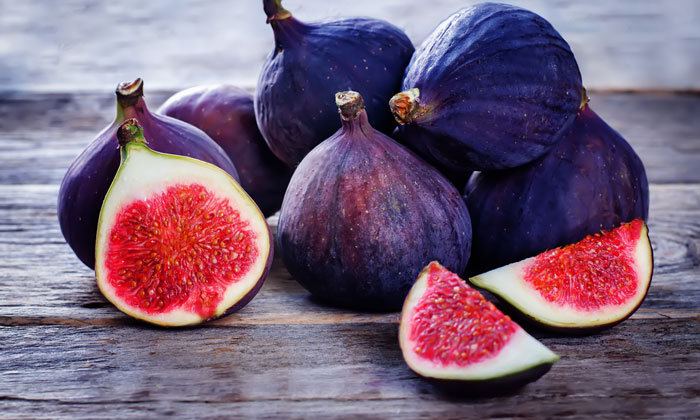Consumers embrace colourful eating with one notable exception, research shows
- Like
- Digg
- Del
- Tumblr
- VKontakte
- Buffer
- Love This
- Odnoklassniki
- Meneame
- Blogger
- Amazon
- Yahoo Mail
- Gmail
- AOL
- Newsvine
- HackerNews
- Evernote
- MySpace
- Mail.ru
- Viadeo
- Line
- Comments
- Yummly
- SMS
- Viber
- Telegram
- Subscribe
- Skype
- Facebook Messenger
- Kakao
- LiveJournal
- Yammer
- Edgar
- Fintel
- Mix
- Instapaper
- Copy Link
Posted: 16 August 2017 | New Food | No comments yet
According to research commissioned by Welch’s, consumers are aware of the importance of eating colourful produce but often overlook one colour of note. New Food explores further…


Just 18% of Americans can name more than three types of purple fruits and vegetables. This is in spite of nearly three quarters (73%)1 claiming they know that purple fruits and vegetables are available, and 63% saying they are aware that they should eat colourful produce.
The results of the survey come as a surprise in light of the fact that purple has been earmarked as one of this year’s major food and drink trends. Whole Foods Market, the grocery retailer, named ‘Purple Power’ as one of its top 10 trends for 2017, stating2: “Richly coloured purple foods are popping up everywhere… The power of purple goes beyond the vibrant colour and often indicates nutrient density and antioxidants.”
But low general awareness among shoppers of the specific types of purple fruits and vegetables available means there could be an opportunity to launch new purple-produce containing products into the market. Potential solutions include beverages, snacks and breakfast cereals formulated using ingredients made from Welch’s Concord grape, a unique deep purple grape variety that has a delicious taste and is a true polyphenol powerhouse.
Greg May, Product Developer, Welch’s Global Ingredient Group, said: “This research points to an interesting dynamic. Consumers appreciate vibrantly coloured produce, but a majority of them struggle to identify more than three purple choices. Consumers need help learning about their options and finding purple produce at the grocery store. Manufacturers can tap into this unmet need with new products that will lift this purple haze and make it easier for shoppers to add the benefits of purple into their diets.”
Concord grapes make a delicious and nutritious 100% fruit juice – a product that commands high levels of popularity among consumers. In fact, Welch’s survey found that the majority of Americans acknowledge that they like 100% fruit juice.
Meanwhile, almost all of the respondents – 93% – stated that heart health is important to them. And, of the 65% of Americans who drink red wine, more than two-thirds (67%) are willing to swap a glass of wine for a glass of 100% grape juice every now and then, since it offers many of the same heart-health benefits.
The Concord grape is a distinctive dark purple variety that’s singularly delicious and naturally sweet. Grown by Welch’s in North America, it is different from standard table grapes with its thick skin and crunchy seeds, which is where you’ll find the plant nutrients (polyphenols) behind this grape’s goodness.
Through Welch’s Global Ingredients Group, ingredients made with Concord grapes are now available to other food and beverage manufacturers globally, making it easy for them to ‘go purple’. Solutions include 100% fruit juices, 100% fruit purées, FruitWorx real fruit pieces and FruitWorx fruit juice powder.
Greg May added: “We now offer Concord grape ingredients in a wide range of formats, enabling food and beverage companies all over the world to unlock the purple potential of these great tasting and nutritious grapes in applications they may never have previously considered. Our ingredient solutions offer a unique opportunity to develop and launch delicious and wholesome new purple products that consumers everywhere will love.”
[1] Welch’s Heart Health Survey, fielded December 19-21, 2016 by ORC International
[2] Whole Foods Market serves up top 10 trends for 2017 (Press release) 16 December 2016
Related topics
Flavours & colours, Health & Nutrition, Ingredients, Research & development, Technology & Innovation, The consumer








